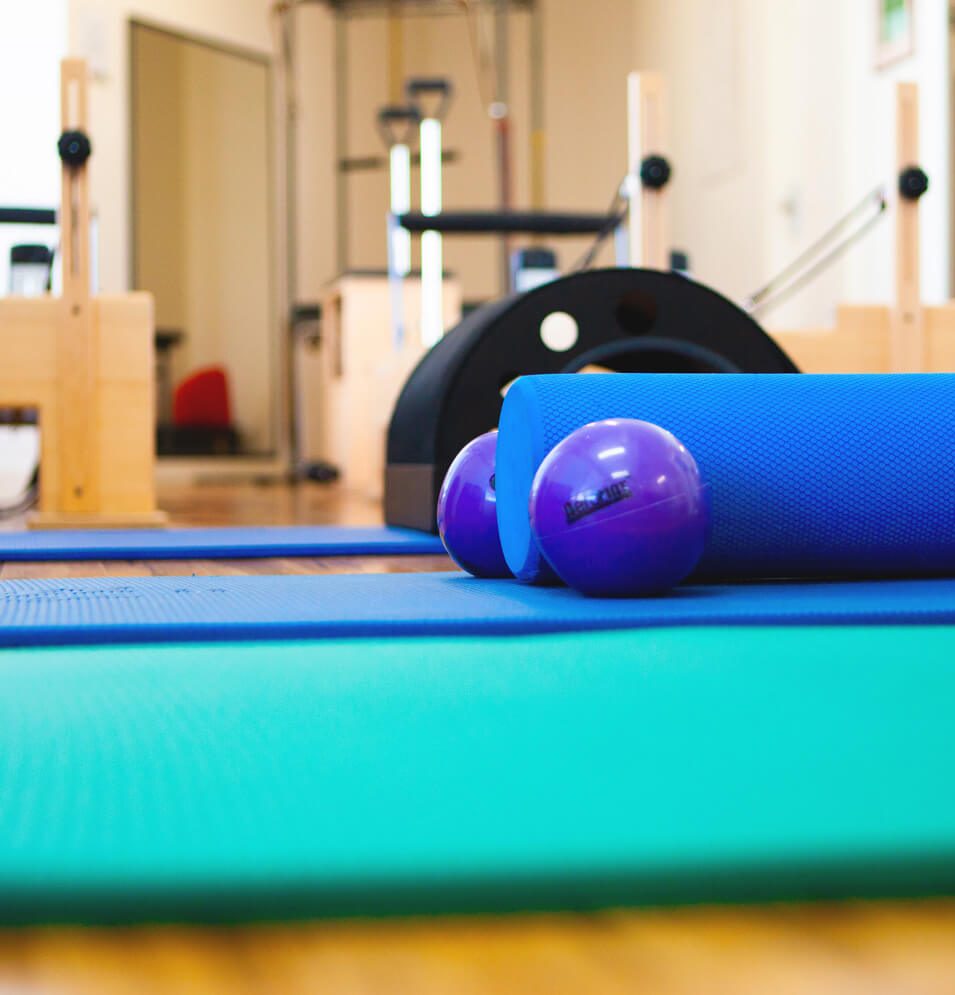Pelvic girdle pain (PGP) is reportedly experienced by 20% of all pregnant women.
Fortunately, in the majority of women, the pain does resolve in the postnatal period.
PGP may occur around the joints at the back of the pelvis (these are the sacroiliac joints, or SIJs), and/or around the joint at the front of the pelvis (the symphysis pubis).
Pain is commonly experienced by women with activities such as:
- Rolling over in bed
- The first few steps of walking
- Getting in and out of the car
- Standing on 1 leg, such as when putting on pants, or going up and down stairs
- Prolonged standing or walking
The pain is often described as a sharp, stabbing pain around the joints at the back or front and a feeling as though the leg might ‘give way’.
Generally the pain eases with rest.
It is common knowledge that pregnancy hormones contribute to an increase in ligamentous laxity throughout the body, however there is no known association between pregnancy hormone levels and pain.
Similarly, there is no strong scientific evidence to show that the pelvis becomes ‘unstable’ or that it can ‘go out of place’ during pregnancy.
The pelvis along with the surrounding ligaments are strong structures. PGP in pregnancy is more likely related to an increase in the sensitivity of the structures around the pelvis as well as changes in the muscle length and strength and posture during pregnancy as the baby grows.
This may result in altered movement patterns around the pelvis.
Many pregnant women develop a fear of moving or exercising, however, in an uncomplicated pregnancy, exercise is recommended, provided that it is an individualised program.
The muscles around the pelvis, including the pelvic floor muscles, abdominal and gluteal muscles have an important role in control around the pelvis, and the pelvic floor muscles have many other important functions.
See our fact sheet on pelvic floor muscles for more information on these.
The difficulty with generalising exercise prescription in women with PGP, is that some women may require strengthening exercises of the muscles, whereas others may already be over-recruiting these muscles and will need to learn some strategies to help the muscles ‘switch off’.
For these reasons, an individualised assessment with a physiotherapist is recommended to determine which exercises are suitable.
General lifestyle modifications which may be also be helpful include:
- Sleeping/lying on your side with a pillow between the legs so that the thighs are parallel
- Avoiding long periods of standing or walking
- Avoiding standing on 1 leg; sit down to put pants and shoes on
- Try to spread heavy/loaded activities like housework and shopping over the week and take opportunities to rest. Accept any help offered!
- Some women do find that support devices such as belts and supportive tights helpful, however these do not work for all women. Even if they are beneficial, they should not be solely relied upon, particularly to the exclusion of appropriate exercise.
Remember that your pelvic structures are strong and that thinking positively, sleeping well, relaxation and regular, appropriate exercise will help your pelvic pain.
Note also that these are general recommendations and should not be considered as a substitute for an individual physiotherapy assessment and management program.

